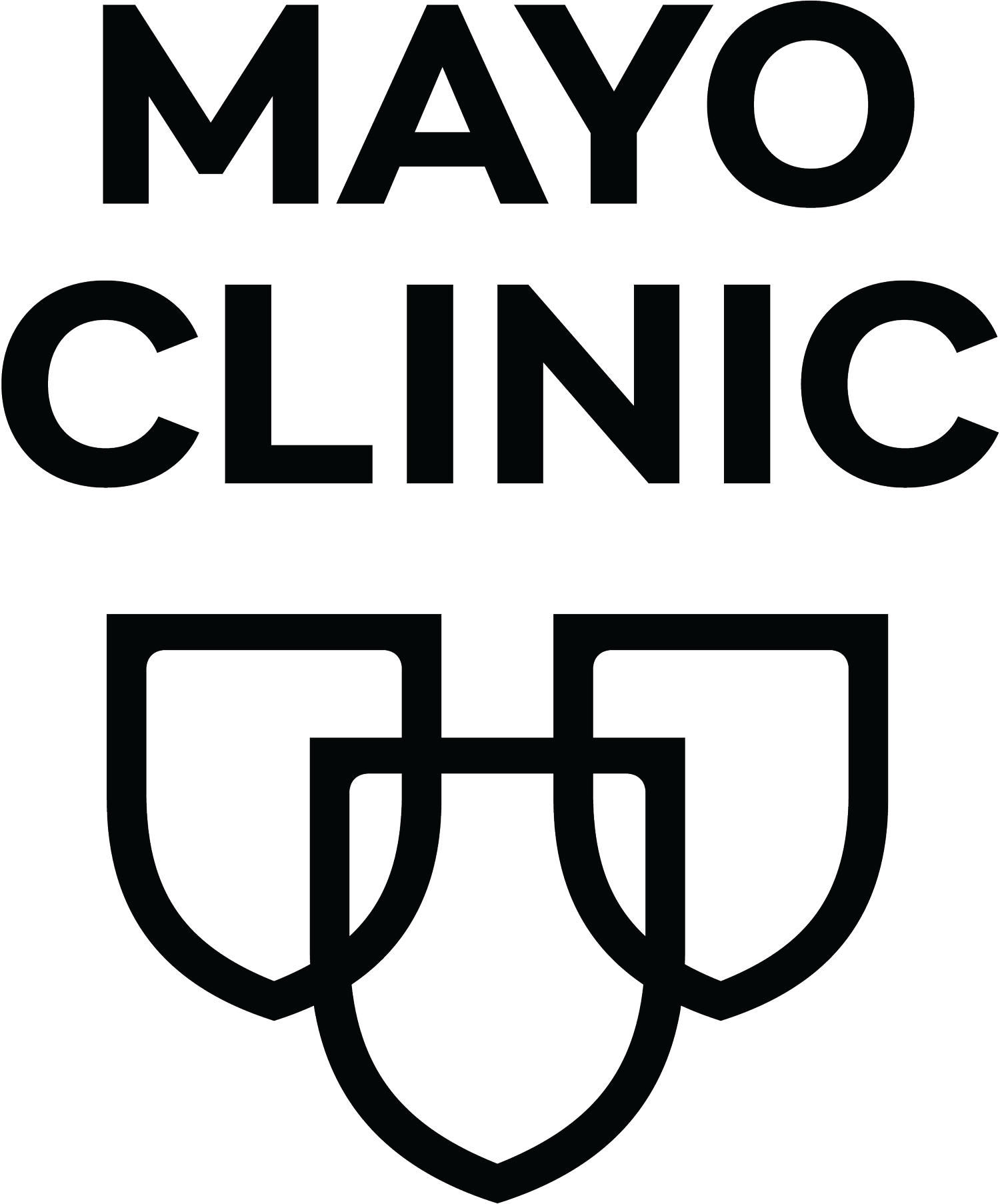Powering the Future of Mayo Clinic in Rochester
When Mayo Clinic signed on to the U.S. Department of Energy's Better Climate Challenge initiative in 2022, it was with the same spirit of innovation that has been a hallmark of Mayo's history in healthcare. Just as the organization is driven by its Bold. Forward. strategy to transform healthcare, it also embraces the challenge to reimagine healthcare infrastructure for the future of the planet.
As part of this commitment, Mayo Clinic will reduce energy use by 20% and reduce scope 1 and 2 greenhouse gas emissions by 50% in the next 10 years. To do so, Mayo Clinic has developed a comprehensive, long-term energy plan that diversifies how its facilities are powered today and for the next 100 years.
Mayo Clinic in Rochester's energy legacy and Bold. Forward. vision for the future
In 1928, the Franklin Heating Station was built with the Plummer Building to provide heat, electricity and tempered water for the Mayo and Kahler buildings. As an energy conservation project, it was years ahead of its time and proved twice as efficient as conventional methods at that time.
Just a few years after opening, the Franklin Heating Station plant switched from coal to natural gas — an innovative fuel concept at the time — and was later cited in a Department of Energy publication on new trends in energy generation and conservation.
In 2024, Mayo Clinic is on the precipice of a new era of energy innovation with Bold. Forward. Unbound. — a once-in-three-generation investment to modernize the built healthcare environment and bring the future of care to patients. One of multiple transformations underway at Mayo Clinic, Bold. Forward. Unbound. in Rochester encompasses five new buildings downtown, including the construction of two new clinical buildings, two new parking ramps and a state-of-the-art logistics center at the heart of downtown Rochester.
"As we embark on this project to build nearly 2 million square feet across our Rochester campus, we want to do so in a way that is both reliable for our patient needs and as good stewards for the environment," says Amanda Holloway, director of Mayo Clinic's Office of Sustainability and chair of the City of Rochester's Sustainability and Resiliency Commission.
This work includes strategic planning for the sustainable, reliable energy sources that will power Mayo Clinic for the next century, central to which are two priority investments: the expansion of the Prospect Utility Plant and the integration of innovative geothermal technology.
A deeper dig into geothermal technology
The expansion project for Prospect Utility Plant, which is located within the downtown medical district, has been featured in several of Mayo Clinic's recent Five-Year Facilities Updates. The expansion itself has long been included in Mayo's long-term strategic energy plan and is critical to sustaining the steam energy necessary to power the Category-of-One care offered in Rochester.
Construction kicks off later this year, and the enhanced and more efficient system is planned to come online by fall 2027.
While the Prospect Utility Plant project expands existing energy production capabilities, construction of the proposed geothermal system would introduce an entirely new, transformative technology. Geothermal technology uses the earth's heat to circulate groundwater and heat or cool a building's heating, ventilating and air-conditioning system.
"These open-loop geothermal systems can serve as a reliable, clean and local source of renewable energy," says Doug Holtan, chair of Facilities and Support Services.
Plans for Bold. Forward. Unbound. in Rochester include designs to use geothermal technology for heating and cooling in two new clinical buildings, each of which is on track to open by 2030. Mayo Clinic's goal for the new system, if approved and constructed at the proposed scale, is to reduce carbon emissions at the downtown campus by up to an estimated 10%.
Thanks in part to Mayo Clinic's advocacy for geothermal expansion at the state capital, legislation was passed in 2024 that paves the way for clean energy technology at scale across Minnesota. Permits and applications to construct Mayo Clinic in Rochester's system are now with local and state authorities as part of standard review processes. Once approved, construction could break ground as early as spring 2026.
In addition to supporting Mayo Clinic's climate commitments, geothermal technology also aligns with Rochester Public Utilities' clean energy objectives and will leverage federal clean energy investment tax credits through the 2022 Inflation Reduction Act, further enhancing the transformative impact of Unbound. in Rochester.
"Healthier, safer environments support healthier, safer communities," says Holloway. "Mayo Clinic is proud to do our part to reduce climate impacts alongside the City of Rochester and our peers across the healthcare industry."
Energy innovation in action
More about the potential of this innovative technology will be known soon. The new Mayo Clinic Health System hospital in La Crosse, which celebrated its grand opening last week, features a geothermal system that is estimated to be 24% more energy-efficient and generate 42% less greenhouse gas emissions than a traditional system.
"Mayo Clinic's leadership to deploy this technology as part of Bold. Forward. Unbound. in Rochester is both exciting and unsurprising," says Holtan. "True to our values of innovation, excellence and stewardship, we've always pushed the healthcare industry forward."

